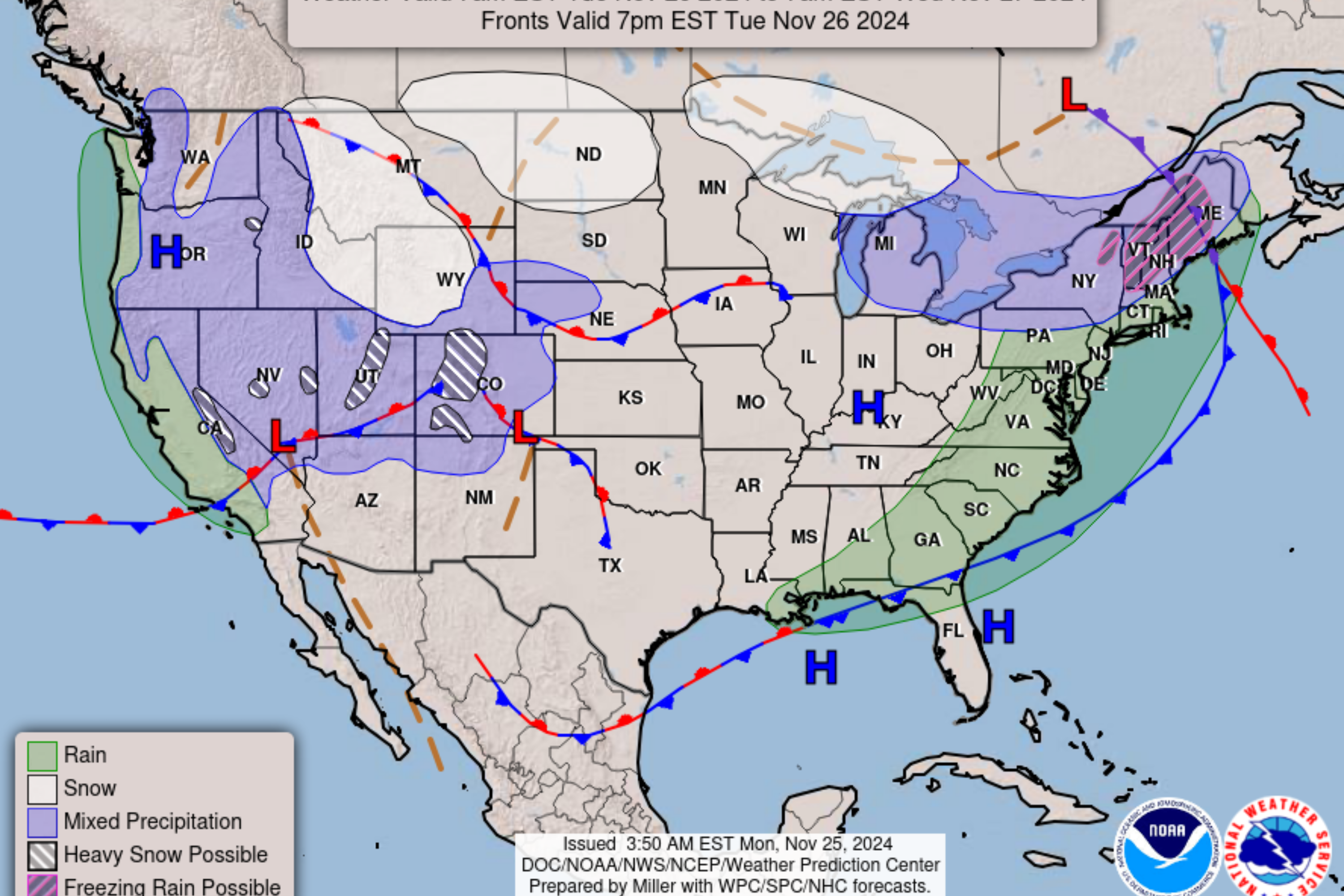Jobs
Final jobs report before election likely to see hurricane impact — masking economic booms in some swing states

The U.S. economy remains on solid footing.
But an expected drop in payroll figures as a result of two hurricanes and a nationwide strike could temporarily mask continued labor market growth that, especially in some swing states, has by some measures rarely been stronger.
The final pre-election edition of the closely watched monthly jobs report is slated to be published next Friday, Nov. 1. Election Day is Nov. 5. All eyes are now on a handful of states expected to see razor-thin vote margins, likely to be determined by a small but crucial pool of persuadable voters.
Many of those voters have indicated that economic concerns remain top-of-mind.
How that group casts their ballots may end up being influenced by a jobs report that could show weakness spurred by hurricanes Helene and Milton — as well as a strike among Boeing workers that has affected tens of thousands nationwide. The results of a vote on ending the Boeing strike were expected to be announced late Wednesday.
The exact impact on the jobs report is unclear. In a note to clients Tuesday, analysts with Goldman Sachs warned that, in general, the impact of hurricanes on jobs reports “has historically been wide ranging.”
While much of the impact from Hurricane Milton, which made landfall Oct. 9, likely fell outside the BLS’ survey window for the report, Goldman said, the impact from Hurricane Helene could weigh on payroll growth by as much as 50,000 jobs.
The separate weekly initial jobless claims report in hurricane-impacted states, like North Carolina and Georgia, has already increased by 14,000 over the last two weeks, the analysts said.
In this week’s release, set to publish Thursday, initial unemployment claims could climb by an additional 10,000 as a result of the storms, according to the analysts.
In a separate note to clients last week, analysts with Nomura Holdings financial group said layoffs stemming from the Boeing strike may also complicate the jobs picture in upcoming data.
The strike, which kicked off in September, has coincided with layoff notices sent to 17,000 workers in Boeing’s commercial aviation division. The approximately 33,000 striking workers are seeking a 40% wage increase over four years.
However, the Nomura analysts emphasized that overall, “the underlying pace of layoffs appears to remain healthy.”
Indeed, earlier Wednesday, the Bureau of Labor Statistics released state unemployment data for September — which did not yet reflect the impact from the storms and strike — showing jobless rates across a host of swing states that remained subdued or even on the decline.
For Arizona and Wisconsin, both of which Trump won in 2016 but lost in 2020, unemployment rates were down significantly lower year on year.
In Arizona’s case, its 3.5% rate continues a run of all-time lows that even eclipse the pre-dot-com bubble era of the late 1990s.
As for Wisconsin, its 2.9% rate has returned the state to a level it consistently held in the years leading up to the pandemic.
Pennsylvania is arguably the most important prize in the battle for the Electoral College. While the Keystone State’s unemployment rate climbed by a tenth of a percentage point compared with the September 2023 figure, its latest reading, at 3.4%, marked two-straight years below 4%.
For Georgia and North Carolina, where polling among the Democratic and Republican candidates has also been tight, unemployment rates saw upward moves even before the storms struck — yet they remain at or below pre-pandemic levels.










